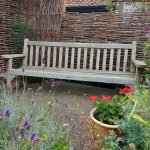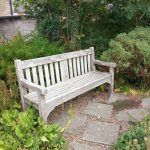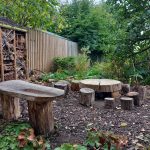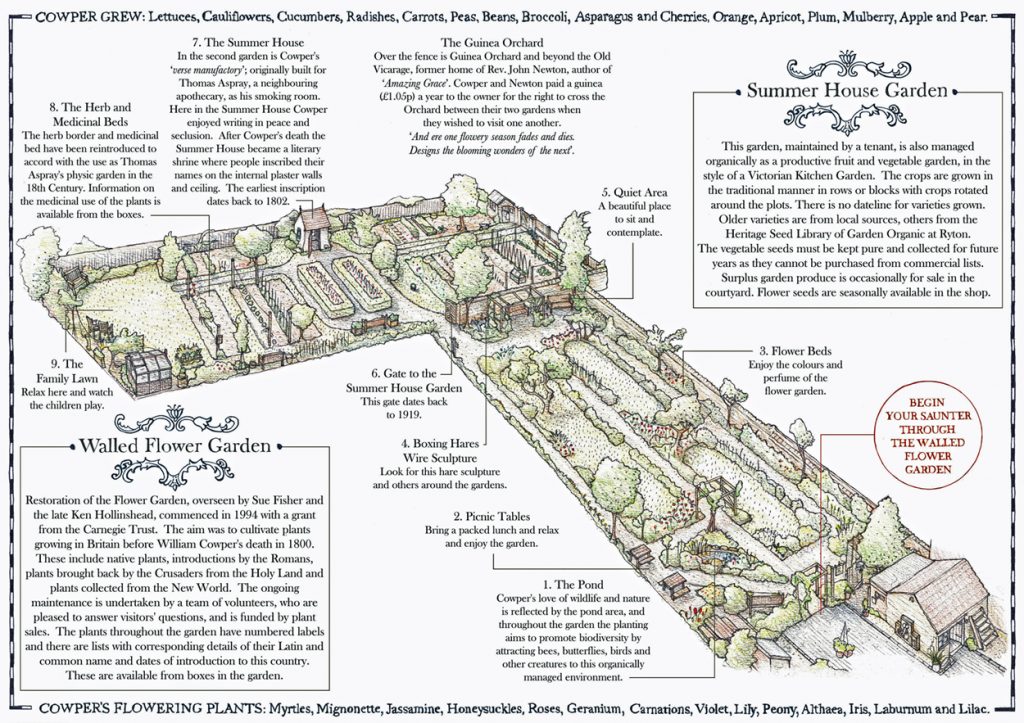Flower & Summer House Gardens
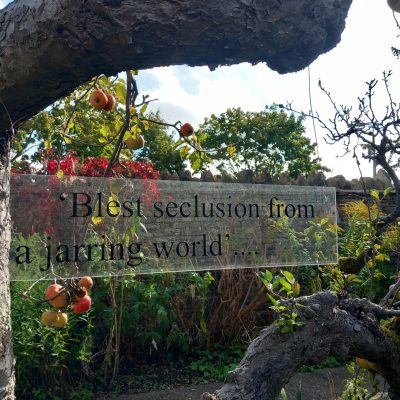
‘Gardening was of all employments that in which I succeeded best.’
Visit the Museum Gardens of the eighteenth-century poet, William Cowper, a passionate gardener living at a time when seeds and plants were arriving from North America.
From Cowper’s letters and poems, many of which were written here at Orchard Side, we know many of the plants he grew, including pineapples on a hotbed of bark, covered by a ‘light’ or cold frame which he made himself, having received from the gardener at Gayhurst House, ‘six fruiting pines’.
‘I began with lettuces, and went onto cauliflowers, cucumbers and melons.’
Today, both gardens are managed organically, and wildlife is encouraged by providing suitable habitats, with perhaps the exception of pigeons!
The Flower Garden
The Flower Garden contains plants which were introduced to this country before 1800, the year of the poet’s death. Of course, this included all the native flowers and herbs introduced by the Romans, as well as plants introduced by successive incomers or explorers, often sponsored by the nobility.
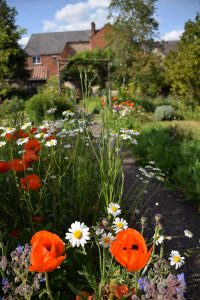
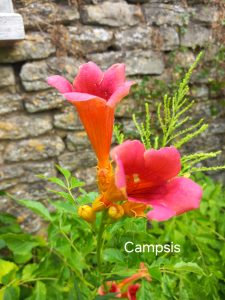
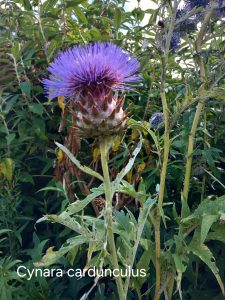
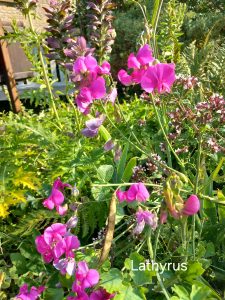
The Summer House Garden
Entry to the Summer House Garden is through the gate in the corner of the Flower Garden and named after the summer house which Cowper called his ‘verse manufactory’.
Cowper leased this garden from his neighbour who was an apothecary. To help re-create the original use of the garden, a bed of medicinal plants and a long herb border have been created. As well as the summer house after which it is named, you will also find both modern and heritage fruit and vegetables, there being no date-line in this garden.
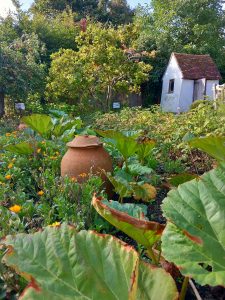
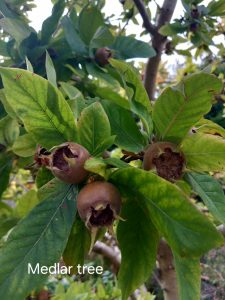
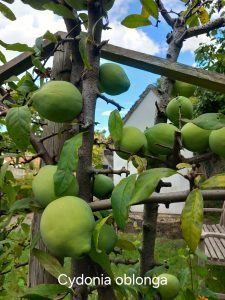
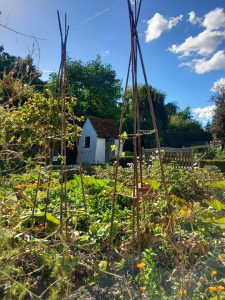
The Summer House
Cowper spent much time reading and writing in the Summer House, his ‘refuge from all intrusion’, hearing only birdsong from the trees. He invited only his closest friends into the ‘nook… not much bigger than a sedan-chair’, surrounded by a garden ‘crowded with pinks, roses, and honey-suckles’.
After Cowper’s death in 1800, the summer house became a shrine to literary pilgrims, who signed their names on the building’s interior walls – something we don’t encourage today … The Summer House itself is a Grade 2 listed building.
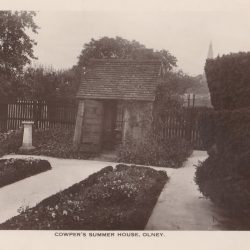
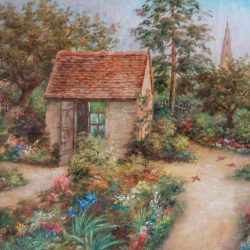

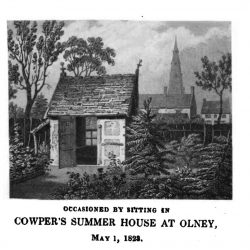
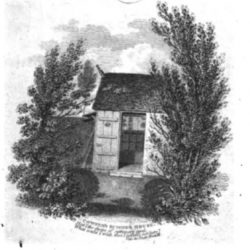

Volunteer and Support
The gardens are maintained by volunteers and are self-funding from the sale of plants and flowers. Between them, they have raised the standard of the gardens and have been opening for over twenty years for the National Garden Scheme. If you would like to join our active, friendly volunteer garden team, please do contact us info@cowperandnewtonmuseum.org.uk
We also fundraise to support the maintenance and development of these special places. Please click here to our GoFundMe page to find out more about about our current projects: https://gofund.me/5cc6cd70
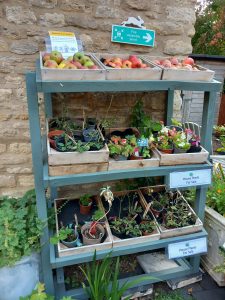
ONLY guide dogs, hearing dogs and medical detection dogs in the museum or beyond the Courtyard into the gardens.
Accessibility: Please be aware that some paths in both gardens are very narrow and others have high, uneven concrete surfaces and sharp right-angle turning points. Unsuitable for wheelchair and mobility scooter users unless accompanied.
The Buckinghamshire Garden Trust carried out an investigation of the gardens www.bucksgardenstrust.org.uk
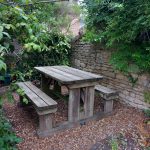
Why not bring a picnic from home or perhaps pick up a lunch from one of the local cafes or shops.
